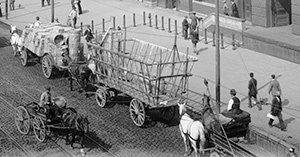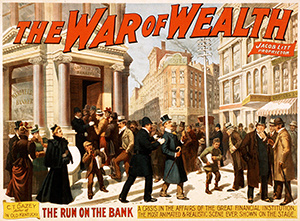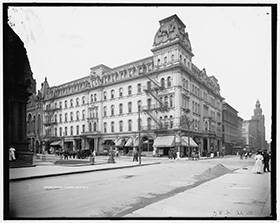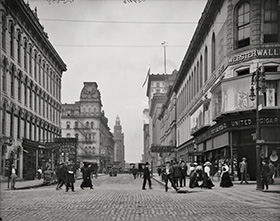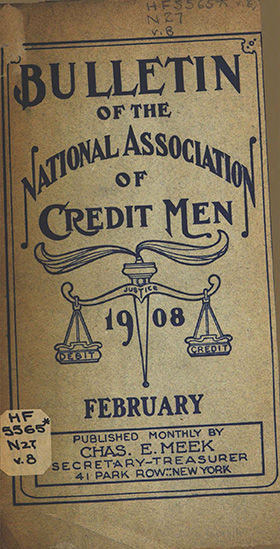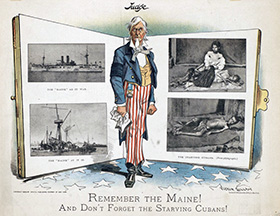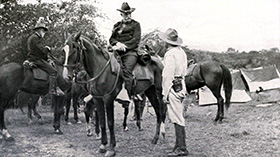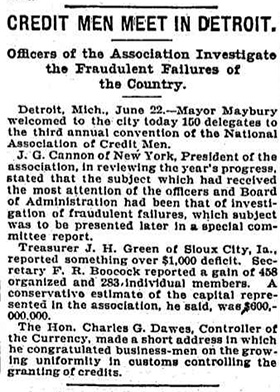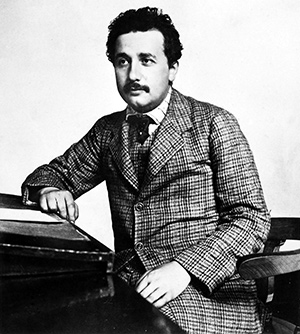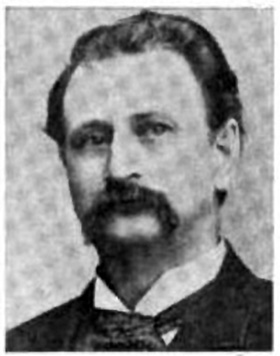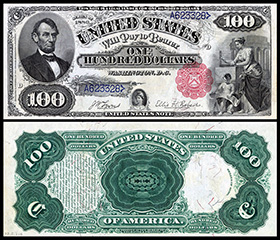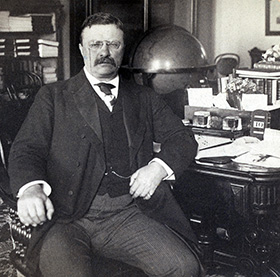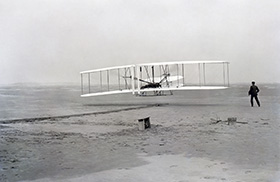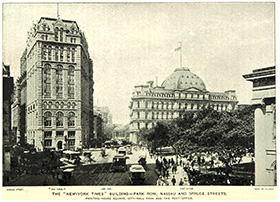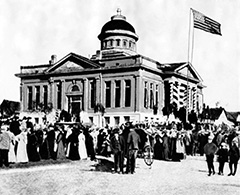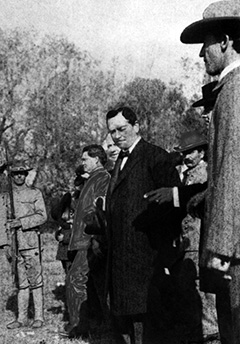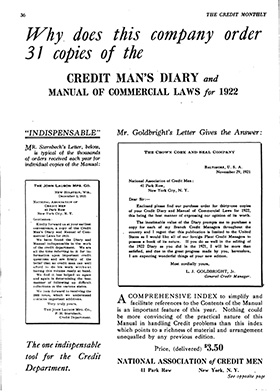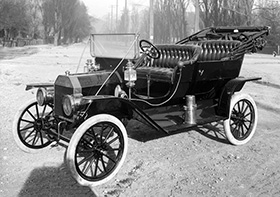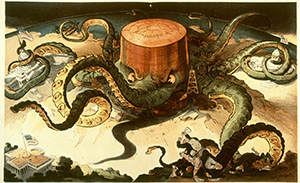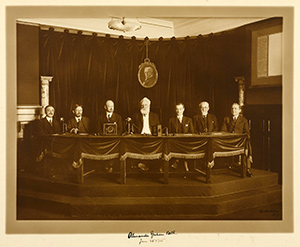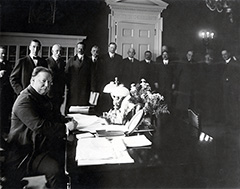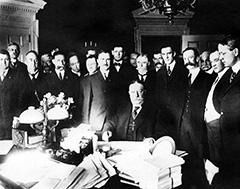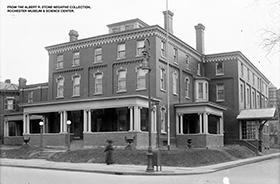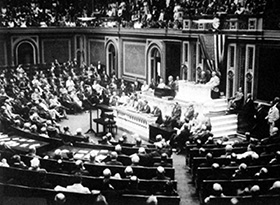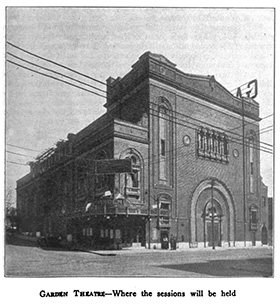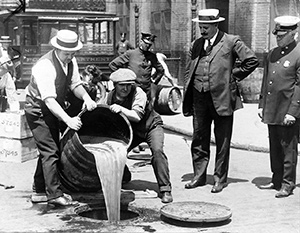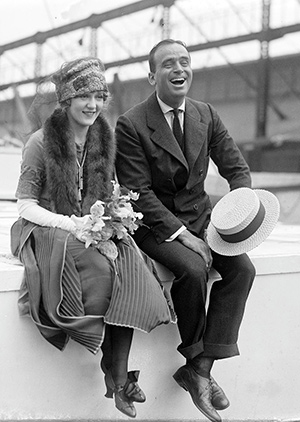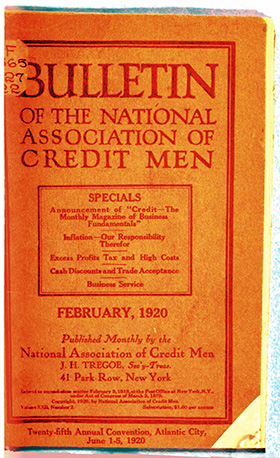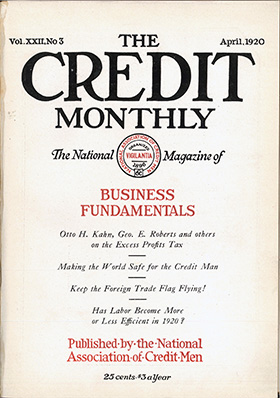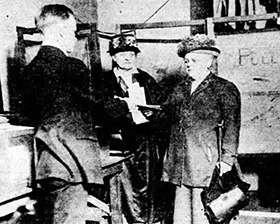... against secret sale of goods in bulk, then the most common method of defrauding creditors. Today, all states have enacted protective legislation.
NACM took leadership in framing and obtaining passage of the National Bankruptcy Act, fourth such law enacted but the first to survive repeal and to provide business with continuing protection against dishonesty insolvency.
Hostilities began after the explosion of the USS Maine in Havana Harbor of Cuba which led the United States to intervene in the Cuban War of Independence. America acquired many of Spain's possessions, including Puerto Rico, Guam, the Philippines and Cuba, which hastened the collapse of the Spanish Empire. The U.S. also annexed Hawaii.
"Remember the Maine!" became the battle-cry of the war. Commanding General Miles (center, on horse) during the negotiations for the surrender of Santiago de Cuba (click to enlarge).
NACM inititiated a drive for enactment of Fictitious Name Laws, now on the statute books of all states.
Plans began for a National Credit Interchange Bureau System to exchange ledger experience among business houses.
Early in 1902, amending the National Bankruptcy Act was high on the association's agenda. The Referees in Bankruptcy were organized and joined forces with NACM's Legislative Committee in writing the Ray Amendatory Bill.
George W. Ray originally introduced the bill to Congress (click to enlarge).
... clearly reveals that when the National Association's sixth year had passed, there had also passed an experimental period, and one fact was indisputable; the Association had come to stay.
NACM began successful effort to improve false financial statement legislation by strengthening its scope and provisions against credit buyers who misrepresented their financial condition.
... are organized.
... first developed to rehabilitate deserving debtors and liquidate businesses in difficulties, with minimum loss to creditors.
... appeared at a public hearing before the Judiciary Committee. The Association presented an amendatory bill which would bring the Bankruptcy Law more in line with the growing credit requirements.
... became the 46th state. Oklahoma struggled in becoming a state, there were many arguments over whether it should be a double state (with the state of Sequoyah being a Native American-majority state), a single state, piecemeal absorption, or admittance without the Indian territories. President Roosevelt signed the Oklahoma Enabling Act, which required the state to be formed from the merging of Indian and Oklahoma territories.
1906: the inauguration of Frank Fratz, the last governor of the Oklahoma territory. Celebrating the first Oklahoma Statehood Day (click to enlarge).
While automobiles had been produced in various forms for decades, it was the culmination of Henry Ford's numerous improvements in the Model T production that brought the power and convenience of the automobile to the masses.
The Model T cost significantly less than other cars, which allowed the middle class to purchase one (click to enlarge).
... which was destined to play a major part in the establishment of the Federal Reserve System.
(return to top)
... pertaining chiefly to regulating compensation of receivers and trustees, an era where great abuse had existed.
... became the 47th state. New Mexico was formed out of territory ceded by Texas, in addition to territory fragmented by the Civil War. It was a long, difficult process of over 60 years for New Mexico to gain statehood.
President Taft admitting New Mexico as a state (click to enlarge).
... became the 48th state. Arizona splintered from the New Mexico territory during the Civil War, with Union forces controlling it. Much like New Mexico, it was a difficult transition from territory to state.
President Taft admitted Arizona as a state only after it removed from its constitution a provision for voting out judges. After it became a state it voted to restore the provision back into the state constitution (click to enlarge).
... established to explore the possibilities of presenting a unified, national canon of ethics.
... at the close of 1912 by Bulk Sales Statutes thanks to the endeavors of the Association and its Legislative Committee.
NACM took an active part in obtaining passage of the Federal Reserve Act to make possible a more orderly flow of money and credit to business and public.
... took first steps toward amalgamating local Credit Interchange Bureaus into a national system.
The Panama Canal shortcut greatly reduced the time for ships to travel between the Atlantic and Pacific Oceans, enabling them to avoid the lengthy, hazardous Cape Horn route around the southernmost tip of South America.
A panoramic view of the Panama Canal under construction in 1913 (click to enlarge).
NACM's False Statement Act was on the Statute Books of one quarter of the states.
By the end of the year, every state was protected by a Bulk sales statute. This protective legislation was a monument to the Association's untiring energy.
Complaints were again being made that the National Bankruptcy Law was not flexible enough to address the rapidly changing conditions. The NACM Bankruptcy Law Committee presented its recommendations for amending the law further.
NACM spearheaded drive in hard-won Congressional fight to retain Par payment of checks provision in Federal Reserve Act, thereby saving business many millions of dollars.
In early 1917 Berlin forced the issue with the decision to try to sink every ship on the high seas. Arthur Zimmerman, the German foreign minister also approached Mexico for an alliance; Mexico would join Germany in a war and be rewarded with the return of lost territories from the U.S. Outraged public opinion now overwhelmingly supported President Wilson when he asked Congress for a declaration of war on April 2, 1917. He proclaimed that the United States had a moral responsibility to enter the war to make the world safe for democracy. The future of the world was being determined on the battlefield, and American national interest demanded a voice.
How did World War I shape American businesses?
(click to Open/Close)
The beginning of war in Europe coincided with the end of the Recession of 1913–1914 in America. Exports to belligerent nations rose rapidly over the first four years of the Great War by almost 300%. Loans from American financial institutions to the Allied nations in Europe also increased dramatically over the same period.
Economic activity towards the end of this period boomed as government resources aided the production of the private sector. Between 1914 and 1917, industrial production increased 32% and GNP increased by almost 20%.
The improvements to industrial production in the United States outlasted the war. The capital build-up that had allowed American companies to supply belligerents and the American army resulted in a greater long-run rate of production even after the war had ended in 1918.
President Wilson before Congress, announcing the break in the official relations with Germany. February 3, 1917 (click to enlarge).
... established to provide training for men and women entering the credit profession.
Today known as FCIB Global, (Finance, Credit, and International Business association) the new bureau handled over 5,500 requests for information in the first few months alone.
... made national in scope through establishment of Central Bureau at St. Louis.
(return to top)
Credit Monthly succeeded the Bulletin as the official publication.
NACM, with 33,092 members, was the largest commercial organization in the world.
The Credit Department, as a profit-making organ of the business enterprise, was recognized.
The last issue of the Bulletin and the first issue of Credit Monthly, today known as Business Credit (click to enlarge).
... reaches a turning point with the passing of the Nineteenth Amendment, which states: "The right of citizens of the United States to vote shall not be denied or abridged by the United States or by any State on account of sex."
Carrie Chapman Catt (right) and Mary Garrett Hay (center) recieve their ballots to cast their votes for president. Catt and Hay were leaders and inspirations for other women suffragists (click to enlarge).
KDKA received the first federal license to begin broadcasting on November 2, 1920. Its signal covered much of the country.
(return to top)
